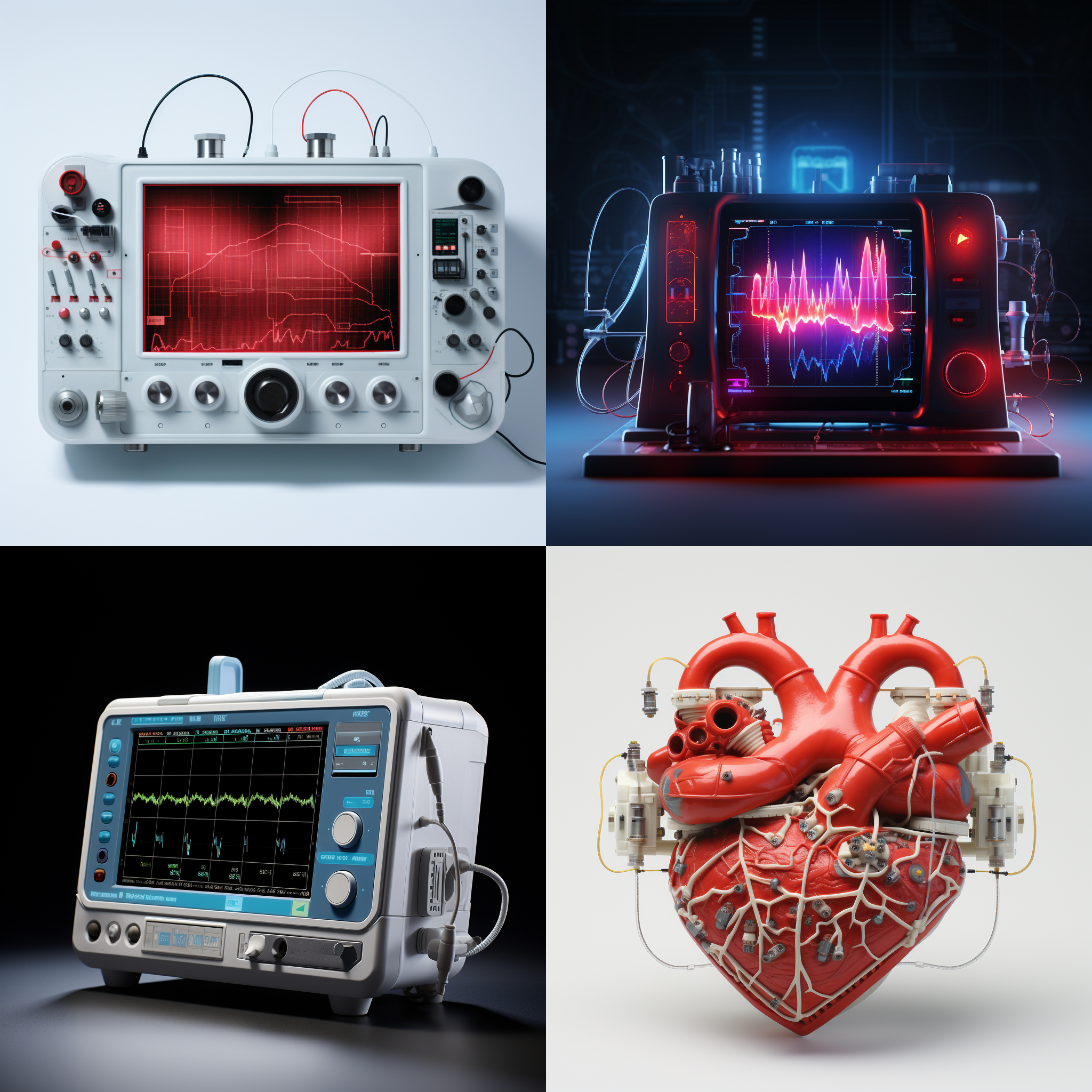As individuals, we must make informed decisions and prioritize the use of 12-lead ECG devices for prevention and monitoring.
Unfortunately, the mortality rate associated with cardiovascular disease (CVD) is very high. CVDs refer to diseases that affect the heart and blood vessels, such as heart attacks and strokes. In addition, lack of awareness of the importance of a healthy lifestyle and delayed medical intervention can aggravate the severity of the disease.
It is essential that people understand the importance of timely and accurate diagnosis. When a health condition is identified early and accurately using an ECG or 12-lead electrocardiogram, prompt intervention and appropriate treatment can be undertaken.
Research published in medical journals and consensus among cardiologists and medical societies agree that the 12-lead ECG has become a standard tool because of its greater sensitivity and specificity. This means it is more capable of detecting cardiac abnormalities, providing patients with a more accurate diagnosis and appropriate treatment plan.
The global market for portable electrocardiogram devices has made significant progress in recent years, with various innovative products taking the lead. The first breakthrough was the introduction of the single-lead ECG patch, which provided a portable solution for cardiac monitoring. However, problems with continuous monitoring using single-lead ECG remain.
Even the integration of a single-lead ECG device into a smartwatch was initially seen as a gimmick rather than a serious medical tool. Overcoming the challenges of continuous monitoring and the limitations of one- and six-lead portable ECG devices, the industry has been revolutionized with the development of 12-lead ECG sensor devices.
As these technological advances increase the effectiveness, affordability and convenience of mobile heart health monitoring, the market for portable 12-lead ECG devices continues to expand.
When comparing the interpretation of graphs obtained from a single-lead ECG and a 12-lead ECG, significant differences can be seen in the areas of the graphs.
The detailed level of measurement of intervals, segments and amplitudes on the ECG allows healthcare professionals to identify abnormalities that may indicate myocardial infarction, ventricular hypertrophy, electrolyte imbalances, myocardial ischemia and other serious heart diseases. The 12-lead ECG is an important tool for making an accurate diagnosis and developing an appropriate treatment strategy.
12 leads can detect ST segment elevation and depression consistent with myocardial infarction, hyperacute T waves, and ischemia, while one lead cannot detect ST segment elevation or depression because readings from at least 2 precordial leads are required to confirm myocardial infarction.
In the dynamic world of cardiac diagnostics, the 12-lead ECG is the pinnacle of accuracy and comprehensive assessment. The complete limb electrode configuration, accurate measurements and ability to distinguish between cardiac conditions make it an indispensable tool in the hands of healthcare professionals.
As humans, we must make informed decisions and prioritize the use of 12-lead ECG devices for prevention and monitoring. Let’s look beyond superficial trends and understand the true essence of caring and caring for our health and the health of our loved ones, extending our devotion from special occasions to the everyday days that truly matter.
Bldg, 46-1, BDA International Business park, Beijing 100176, China
Mobile: +86 18732411565
E-mail:peterqin@vhmedical.com/peterqin@vhekg.com

Post time: Sep-13-2023









